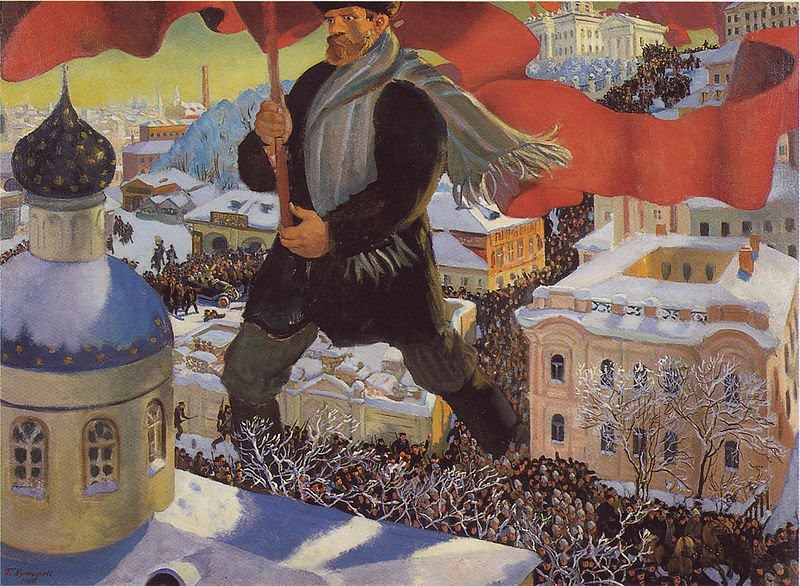A component of the security services of the Soviet Union that most outside observers might not take serious note of is the ever-present armed and trained special operations military units that the each version of the Cheka-KGB as well as the NKVD-MVD had at its disposal. The original concept of these “internal armies” or Внутренние войска in Russian (“VV” abbreviated in English), was to be the heaviest hand in the body of the special services.
Initially, the units were created to enforce the political policies of the Moscow Central Committee of the Communist Party of the Soviet Union and, of course the man who was general secretary of this committee – a title first held by Stalin. Ironically, he was the same person who so greatly abused these troops that continued to exist long after WWII and Stalin’s death in 1953, when the Khrushchev-era “de-stalinization” of the country and the organizations such as the NKVD-MVD and Cheka-KGB began. In fact, these same "VV" troops from the KGB with names such as Alpha Group, Zenith, and Vymple (Russian for "banner" which was the airborne "group") were the vanguard in the assaults in 1979 on the Tajbeg Palace near Kabul that started the Soviet war with Afghanistan. The initial attack organized by the KGB was called Storm 333 in Russian and resulted in not only the taking of the government, but a revolutionary war that lasted nearly 10 years. Even more ironic is the fact that had the Western governments not been so anti-Soviet and backed the USSR instead of the Afghani rebels, Osama Bin Laden and other US-trained militants would most likely never have come to power and the terrorists known as the Taliban would not exist. Of course this is is speculation about what should have and/or could have been.
 |
The reverse of the above VV NKVD flag.
|
The VV NKVD troops were used by Stalin to carry out all sorts of highly controversial and very unpleasant actions before, during and after WWII, in part during the “Great Terror” of the 1930s and later post-war divisions were used to suppress anti-Soviet rebel groups throughout Ukraine and newly acquired Baltic States. The Organization for Ukrainian Nationalists was the most renowned and persistent of the rebel groups (see previous chapter dealing with OUN flag and the organization). The suppression took the roles of direct attack, capture and executions or mass deportation by train of whole ethnic populations to desolate regions in Siberia, or wholesale murder of civilians in small towns and villages suspected of collaborating with anti-Soviet rebels.
 |
The text of the reverse simply says "For Our Soviet
Motherland" together with the hammer and sickle symbol of the original revolution. |
After the war, the foreign intelligence service, the OGPU (All-Union State Political Directorate) which had been subordinated by the NKVD, was once again an independent agency – “Ministry of State Security,” or MGB. They too had a number of “VV” units who also participated in counter-intelligence and espionage elimination of such elements among the counterrevolutionaries.
 |
An award flag for the 88[th] Rifle Regiment of the VV
MGB of the USSR with the slogan "For Our Soviet Motherland" sewn in across the top. |
 |
The reverse of the MGB flag with a more standard style state seal and the other, more famous slogan: "Workers of the Country [World] Unite!"
|




